The Wonders of a Castle Howard Walk from Coneysthorpe, through Kirkham Priory, to Welburn
Discover an enchanting Castle Howard walk through the picturesque Howardian Hills, offering breathtaking views and historical landmarks. This 12-mile ramble is the perfect way to explore the Castle Howard area and immerse yourself in the beauty of the Yorkshire countryside.
Begin your Castle Howard walk in the charming village of Coneysthorpe. Make your way south-east along the east side of the Great Lake. Eventually, you’ll reach the majestic Castle Howard Mausoleum, perched on the verdant Kirk Hill. Continuing south-east, the route leads you towards the quaint village of Crambeck, passing by Chanting Hill.
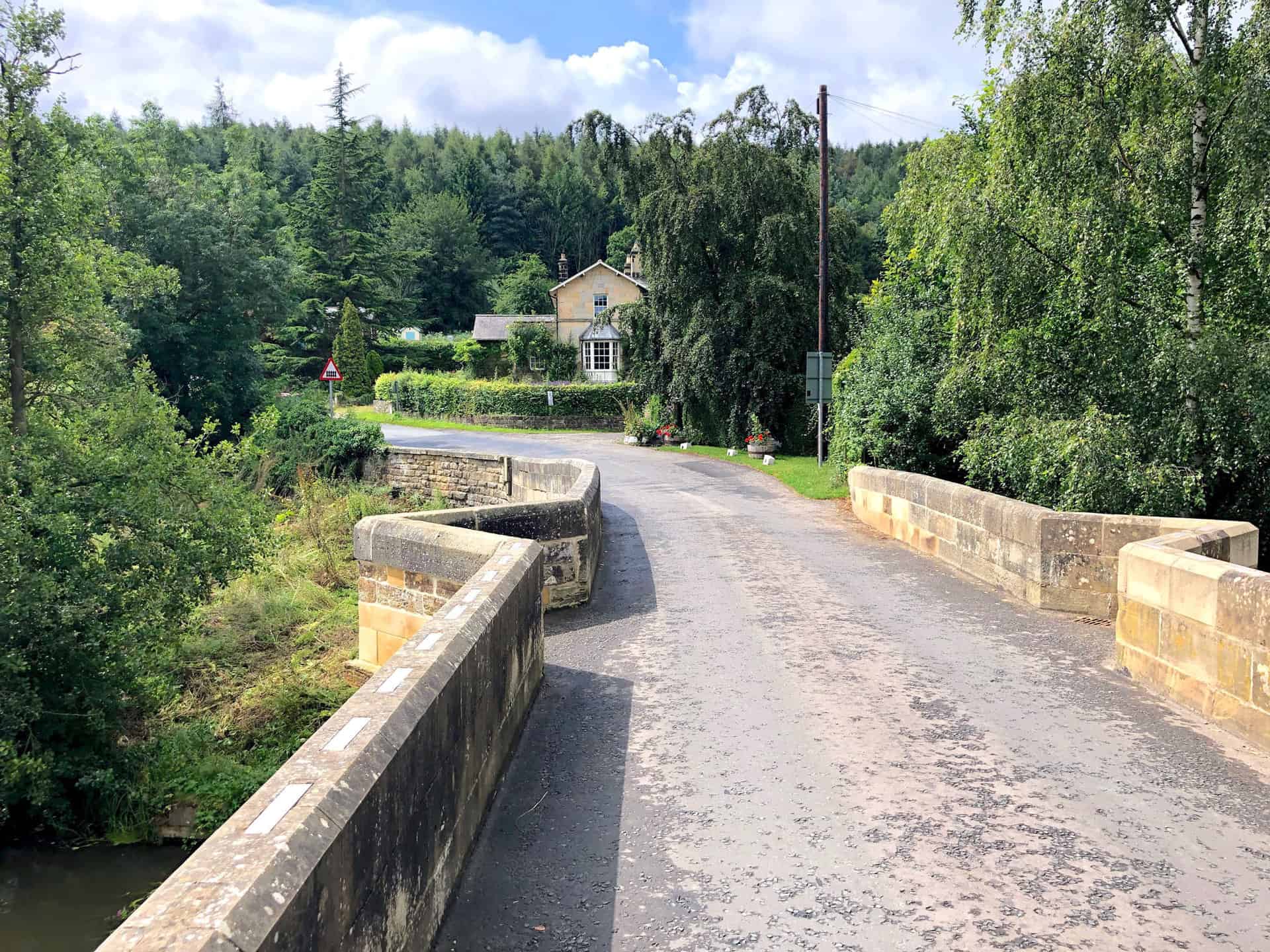
Venture further south to uncover the historic Kirkham Priory, a beautiful ruin nestled in the peaceful Howardian Hills countryside. After exploring the priory, head west and cross the charming Kirkham Bridge, spanning the River Derwent. This picturesque crossing brings you to the delightful village of Whitwell-on-the-Hill.
From there, journey north towards Welburn village, where you can take a break and enjoy a traditional English pub or simply stroll through. Continue north to visit the magnificent Castle Howard itself, a true architectural masterpiece boasting impressive gardens and awe-inspiring interiors.
Finally, make your way northwards along the roadside, situated on the west side of the Great Lake. As you complete this enchanting Castle Howard walk, you’ll find yourself back in the village of Coneysthorpe, with a treasure trove of memories and experiences from your time exploring the Howardian Hills.
Castle Howard Walk: Maps and Tools
Visit either the OS Maps website or the Outdooractive website to view this walking route in greater detail. Both platforms offer a range of features, including the ability to print the route, download it to your device, and export the route as a GPX file. You can also watch a 3D fly-over and share the route on social media.
Castle Howard Walk: Distance, Duration, Statistics
Distance: 12¼ miles
Distance: 20 kilometres
Duration: 5½ hours
Ascent: 904 feet
Ascent: 276 metres
Type: Circular walk
About Castle Howard
Castle Howard is a stately home located in North Yorkshire, England, within the picturesque Howardian Hills. It is one of the grandest private residences in the country and has been the ancestral home of the Howard family for more than 300 years. Construction of the house began in 1699 and took over 100 years to complete, with the renowned architect Sir John Vanbrugh responsible for the design.
The architecture of Castle Howard is primarily Baroque, featuring a distinctive central dome, intricate facades, and ornate interiors. The house is surrounded by extensive gardens and parkland, which showcase stunning landscapes, statues, fountains, and lakes. The grounds also include the Temple of the Four Winds, a classical-style pavilion, and the Castle Howard Mausoleum, a grand structure designed by Sir John Vanbrugh’s assistant, Nicholas Hawksmoor.
Castle Howard has been a popular location for film and television productions, most notably as the setting for the 1981 and 2008 adaptations of Evelyn Waugh’s novel ‘Brideshead Revisited’. The estate is open to the public, offering guided tours, exhibitions, and various events throughout the year.
Recommended Ordnance Survey Map
The best map to use on this walk is the Ordnance Survey map of the Howardian Hills & Malton, reference OS Explorer 300, scale 1:25,000. It clearly displays footpaths, rights of way, open access land and vegetation on the ground, making it ideal for walking, running and hiking. The map can be purchased from Amazon in either a standard, paper version or a weatherproof, laminated version, as shown below.
Castle Howard Walk: My Photos
Coneysthorpe Chapel at the top of the Coneysthorpe village green.
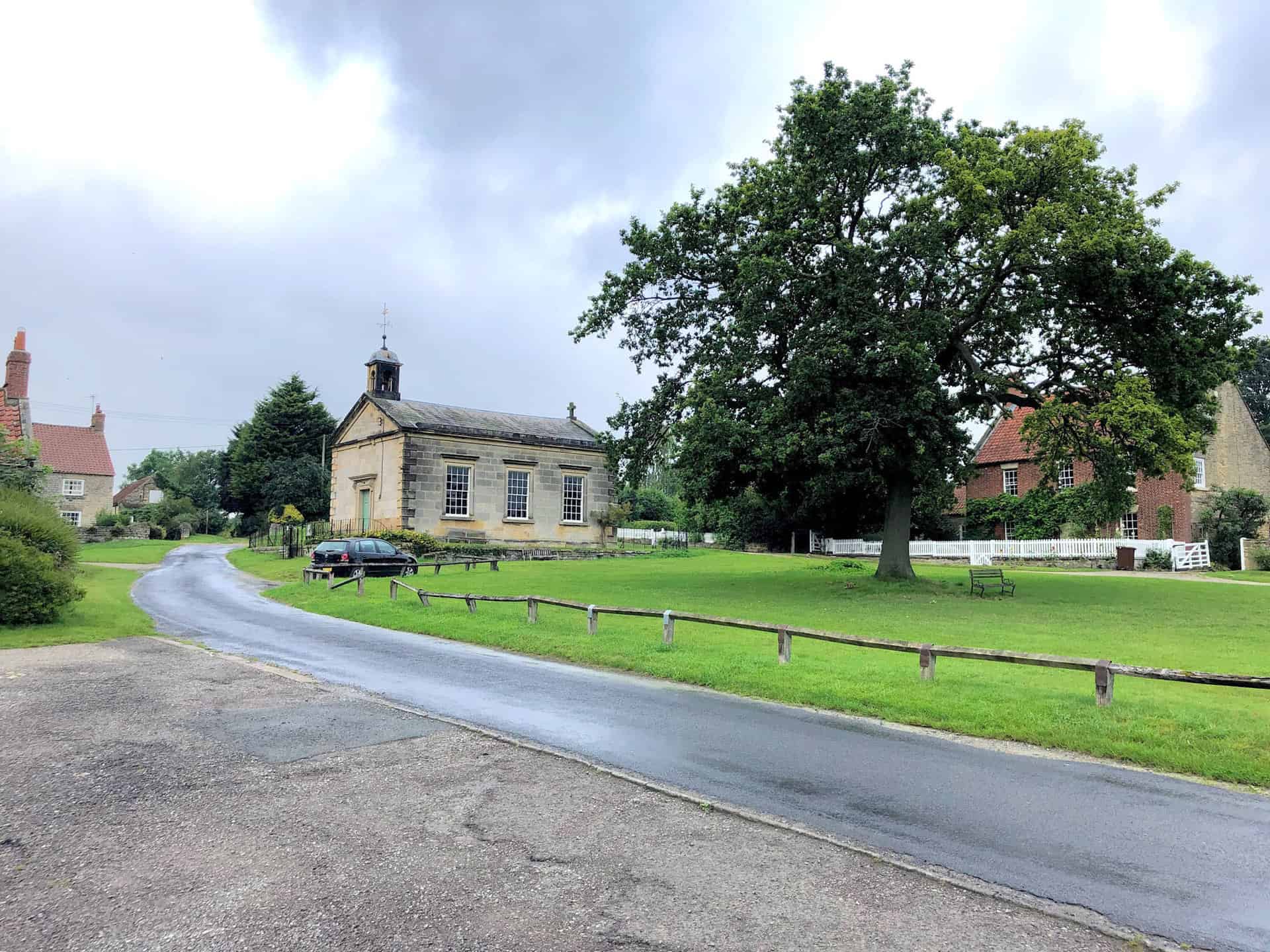
Fascinating trees by the side of Ray Wood on the Castle Howard estate.
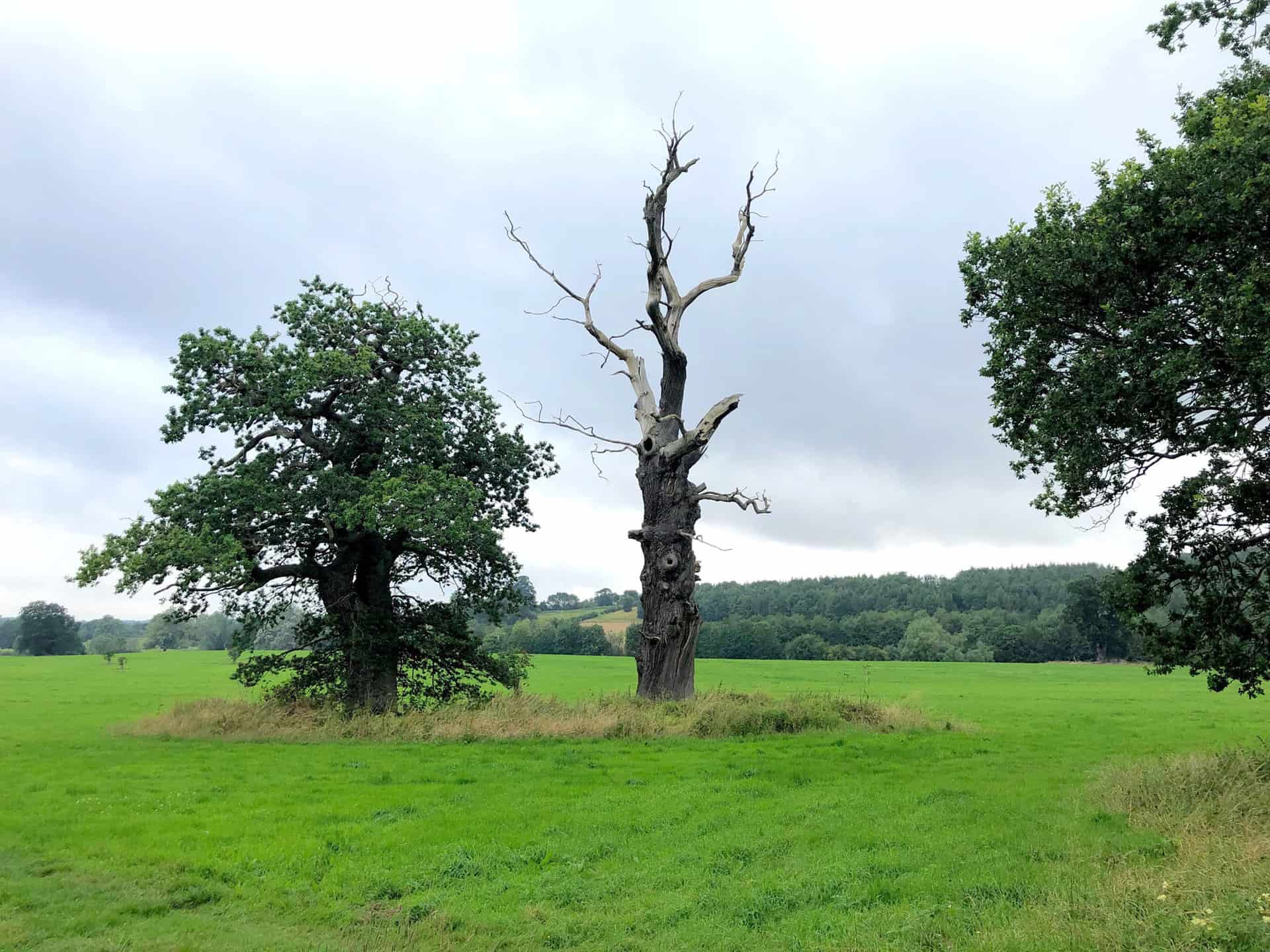
Temple of the Four Winds, Castle Howard
The Temple of the Four Winds lies at the eastern end of Temple Terrace, commanding stunning views across the hills.
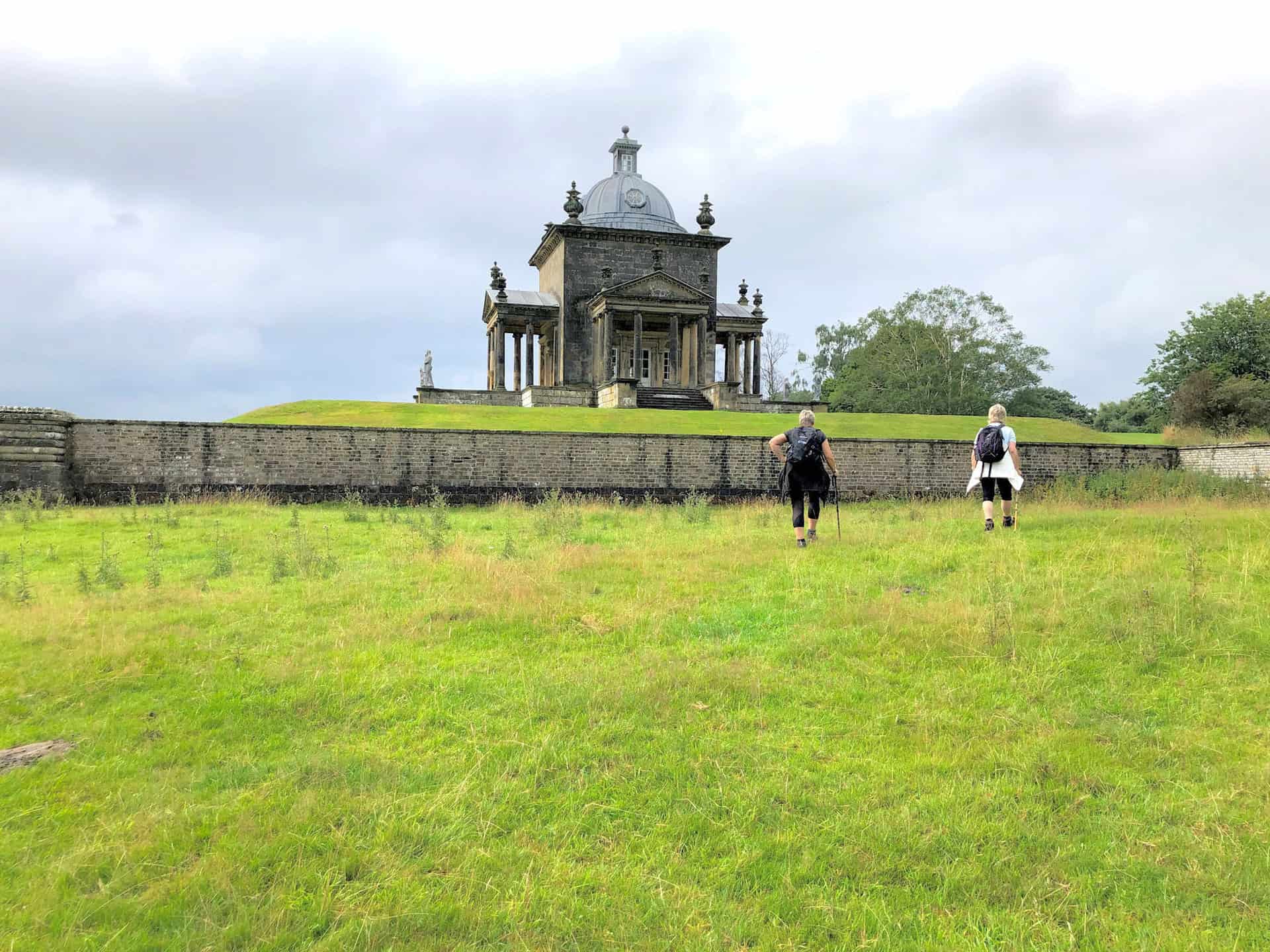
It was designed by Vanbrugh but remained unfinished at the time of his death in 1726. The interiors were finally decorated in 1738 by the stuccoist Francesco Vassalli.
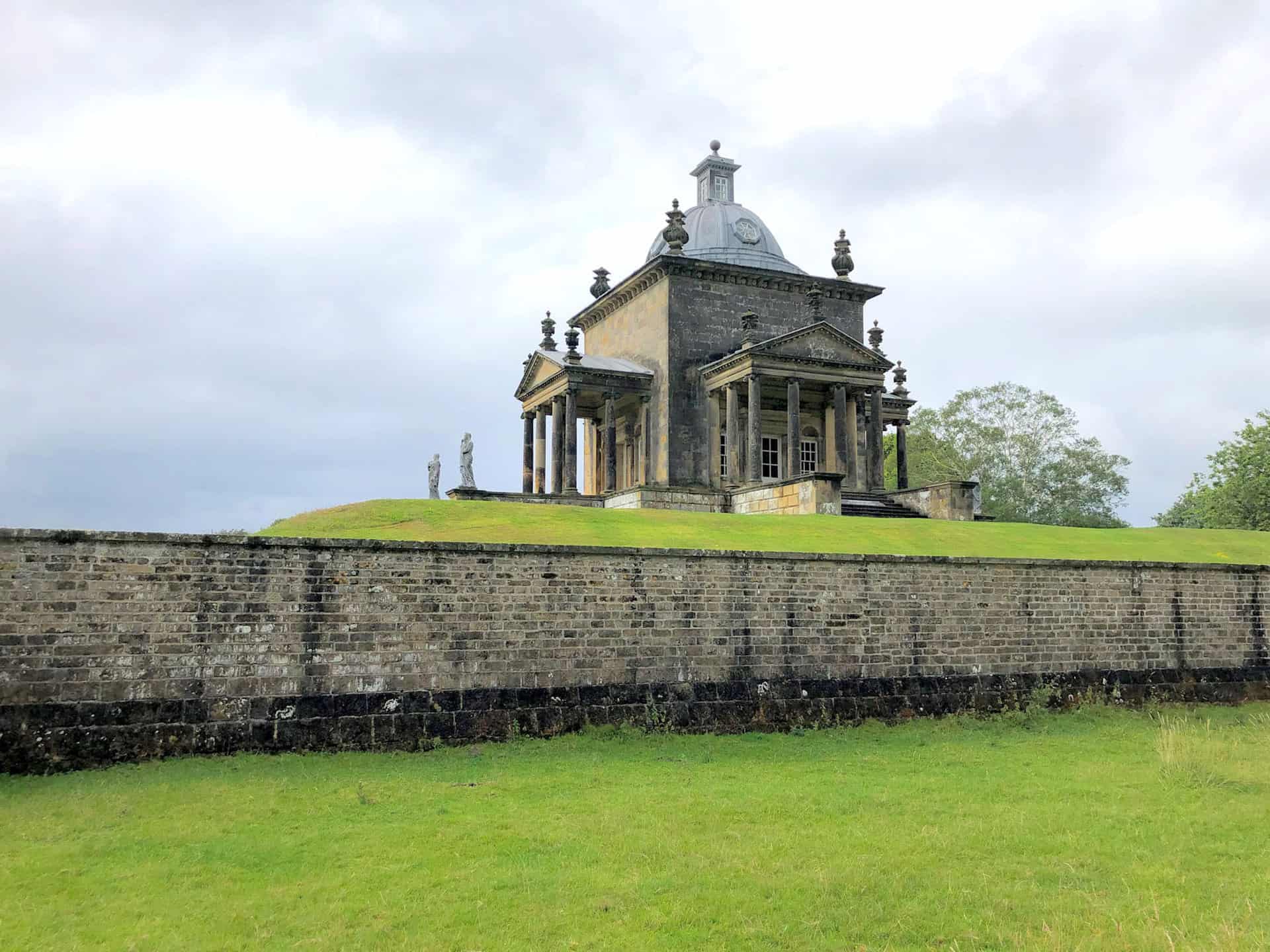
The temple was originally used as a place for refreshment and reading, beneath it is a cellar where servants prepared the food they served to the family above.
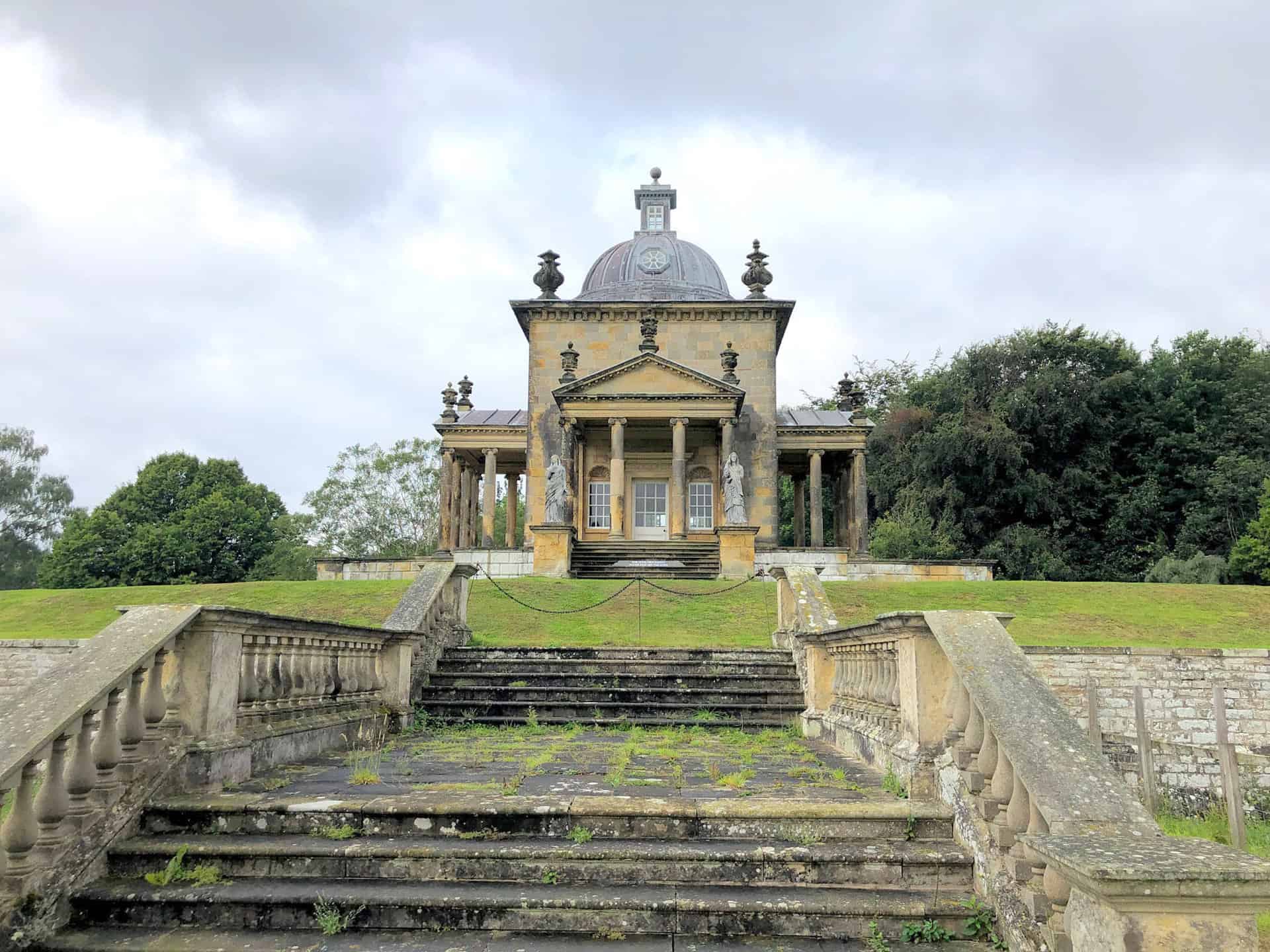
New River Bridge, Castle Howard
New River Bridge spans New River on the Castle Howard estate. It is a sandstone bridge dating from the 1740s and is a Grade 1 listed building.
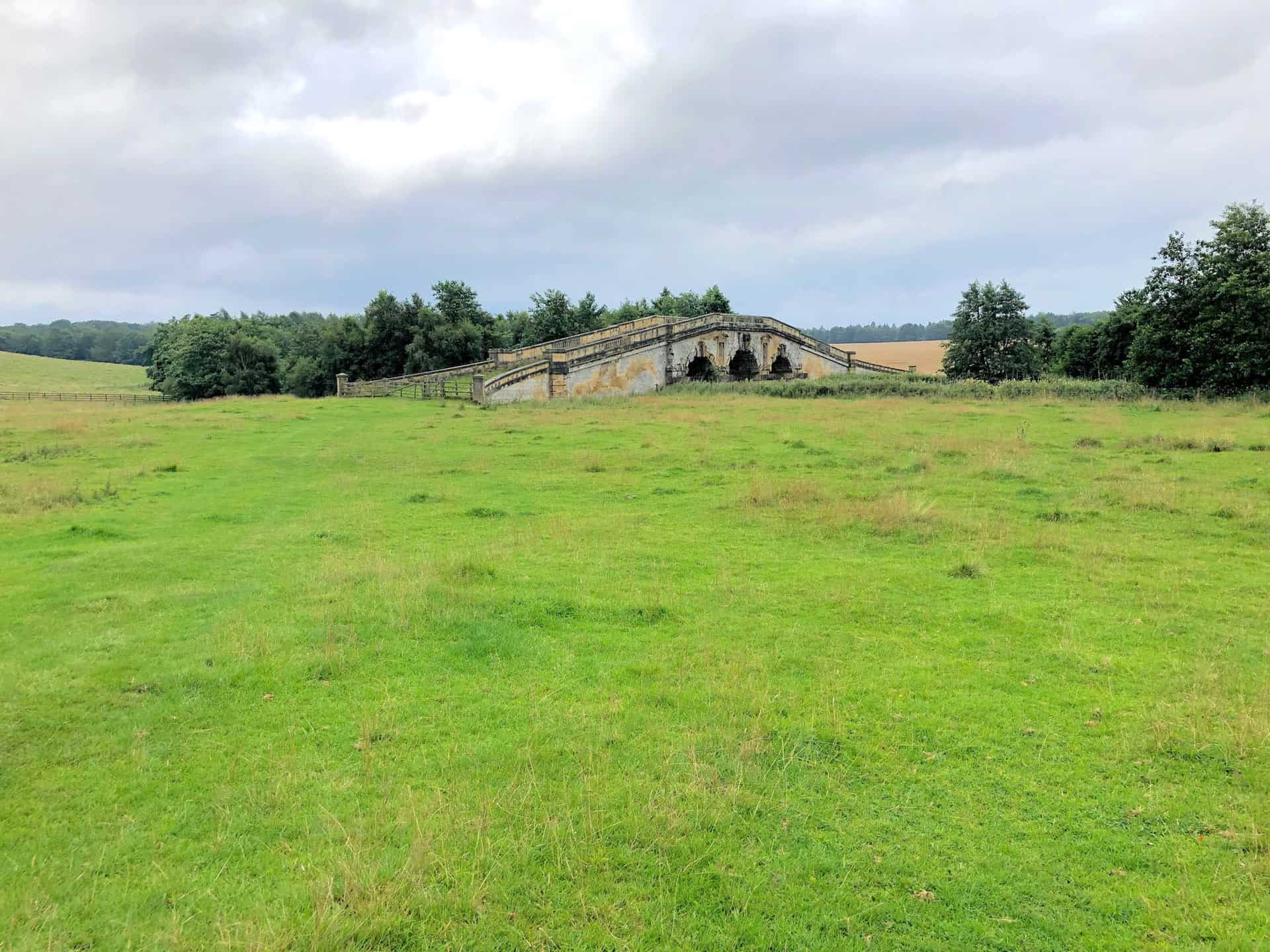
The Mausoleum, Castle Howard
The Mausoleum rises 90 feet into the air and is supported by a colonnade of 20 pillars. Designed by Nicholas Hawksmoor, it is one of the finest free-standing mausoleums in northern Europe.
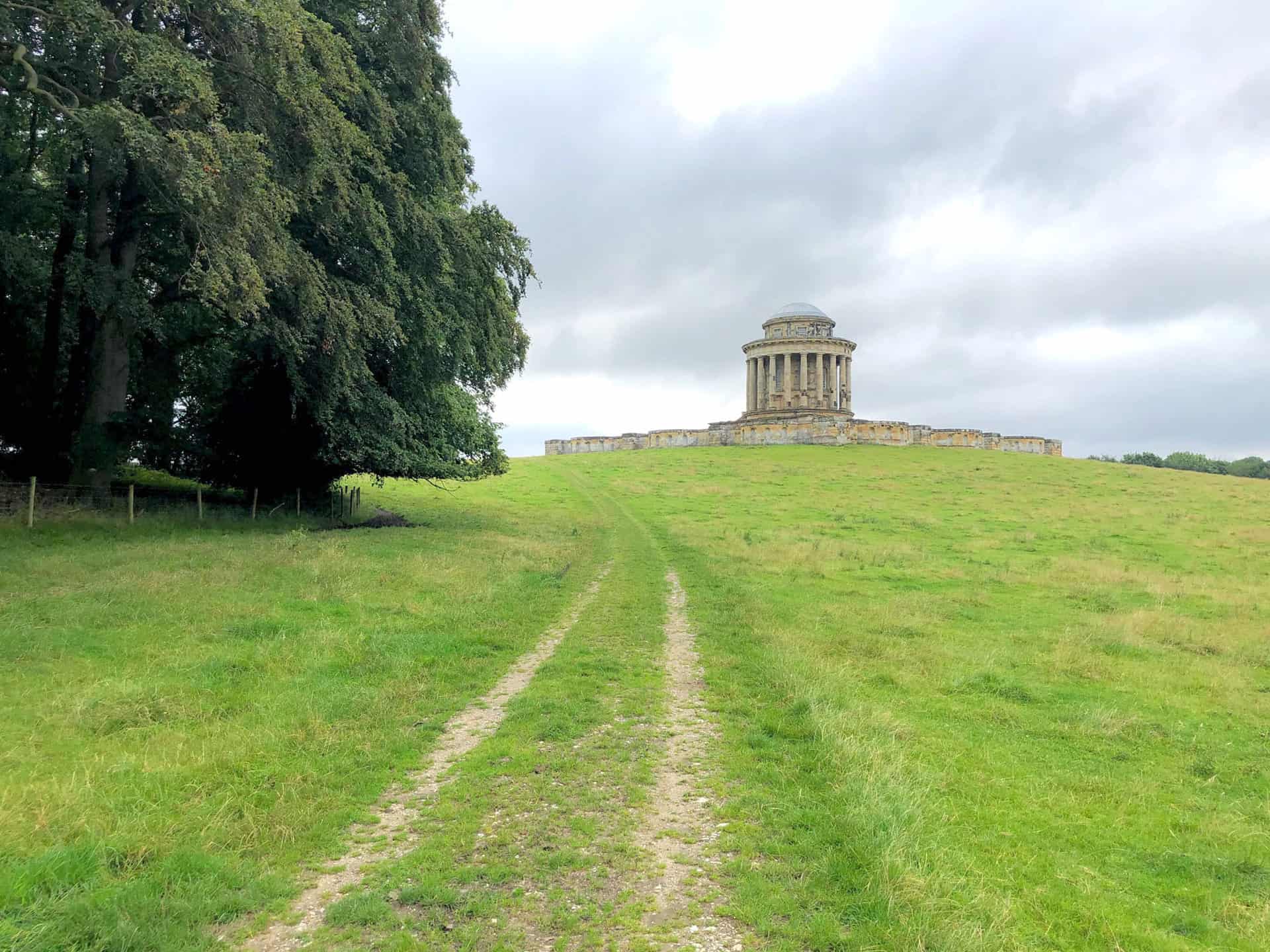
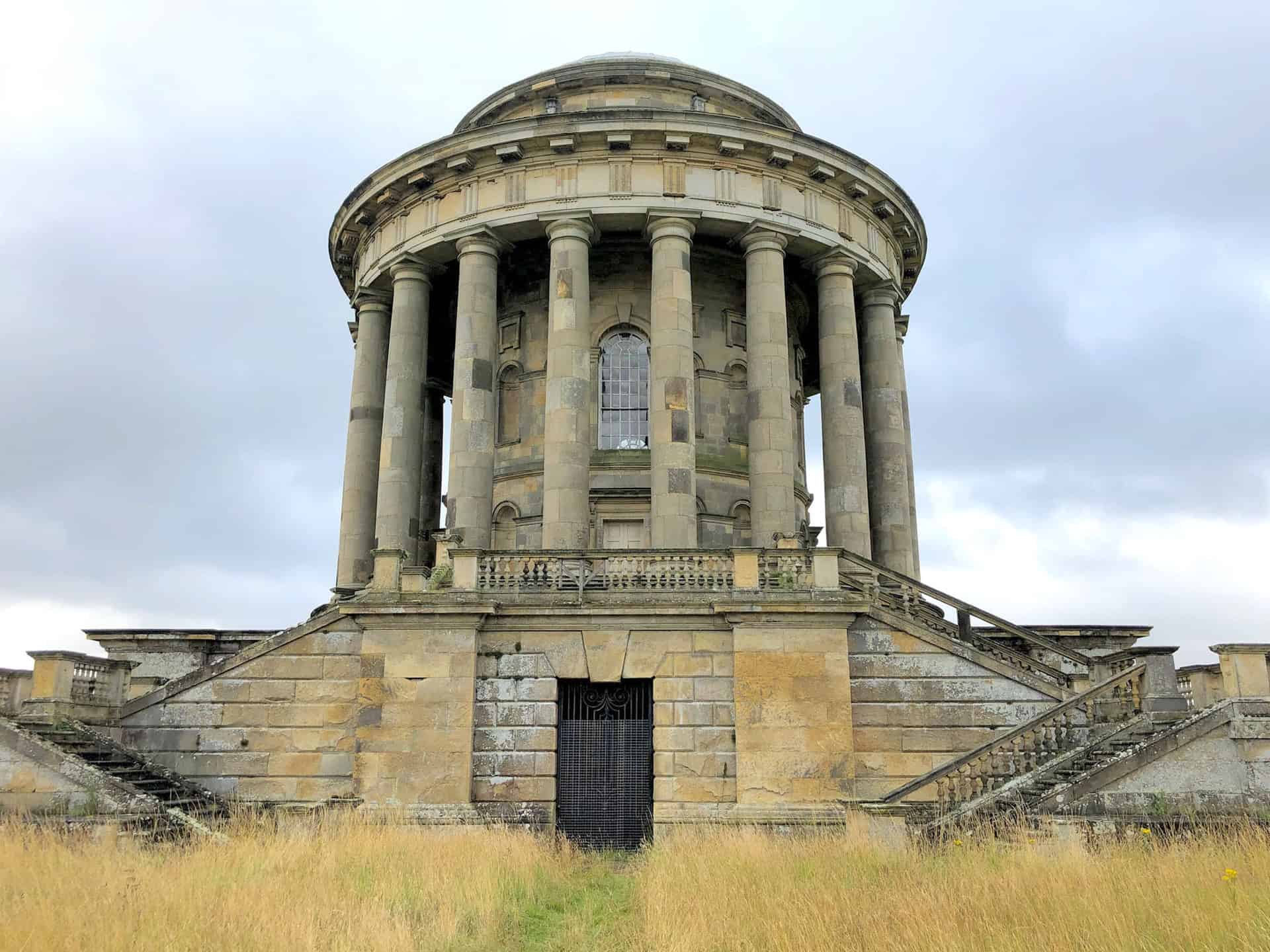
Building began in 1729 but was not completed until after the deaths of both Hawskmoor and the 3rd Earl, who was originally buried in the local parish church and re-interred in the mausoleum six years later.
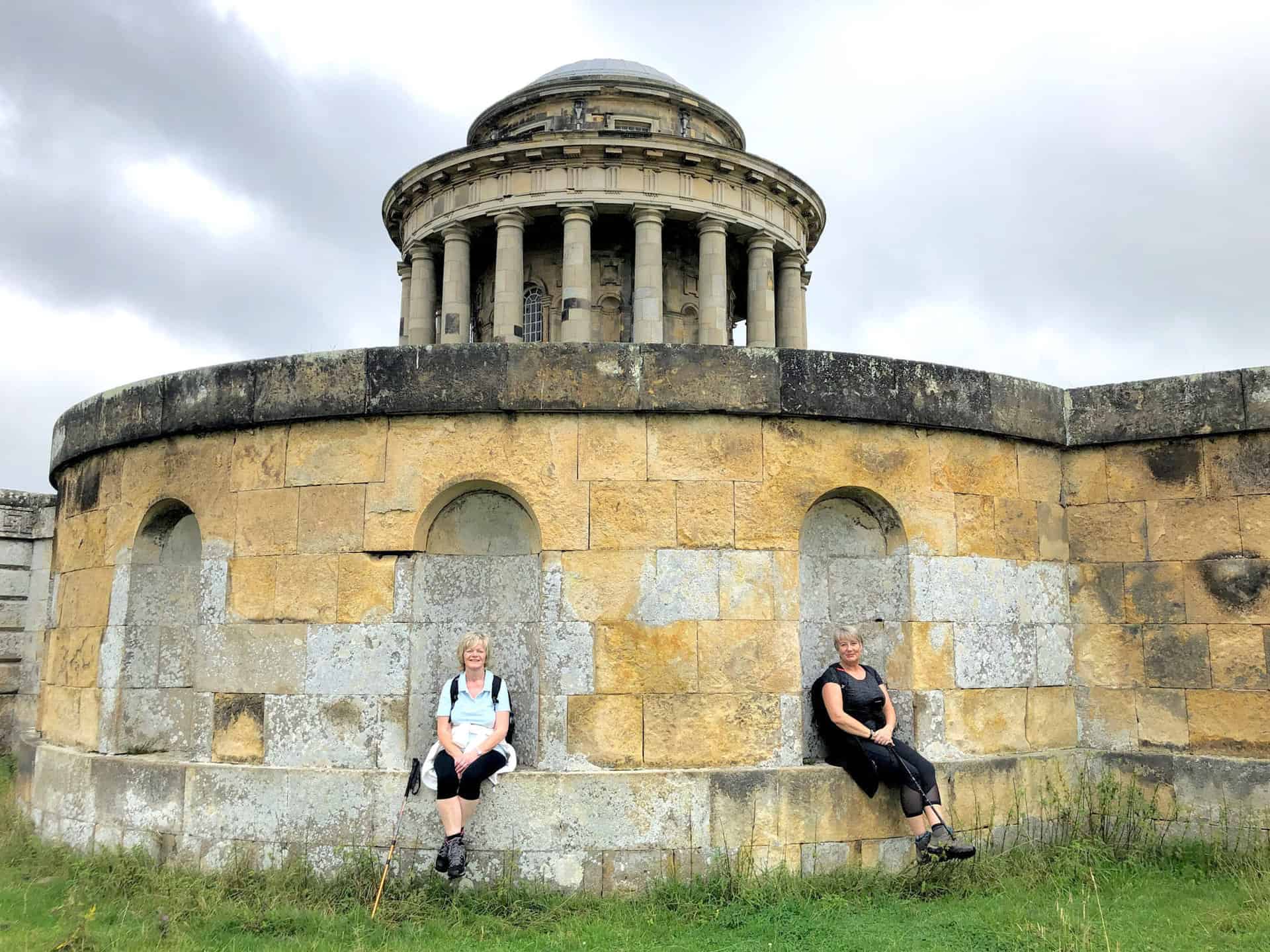
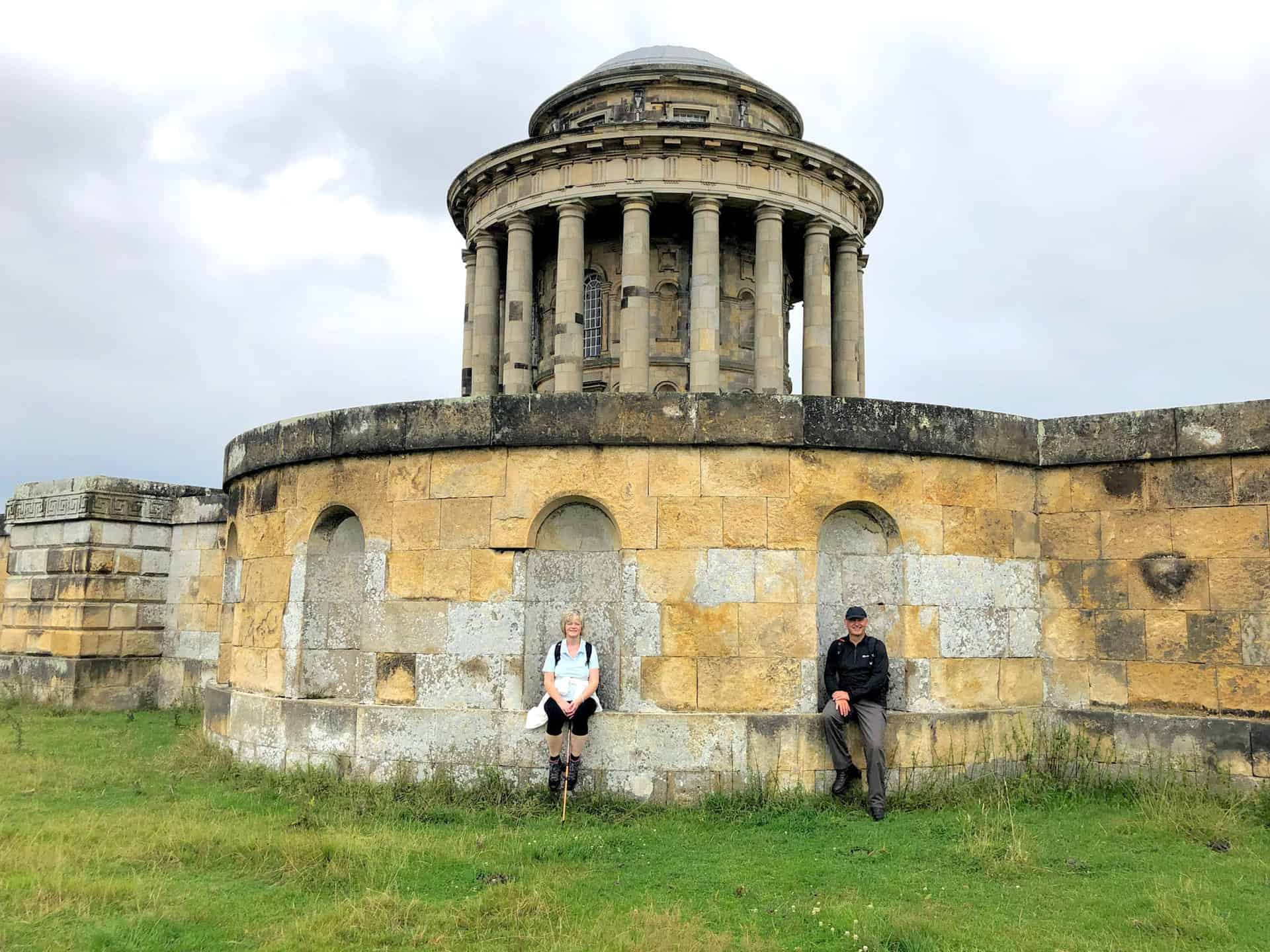
Four Faces in Pretty Wood on the Castle Howard estate.
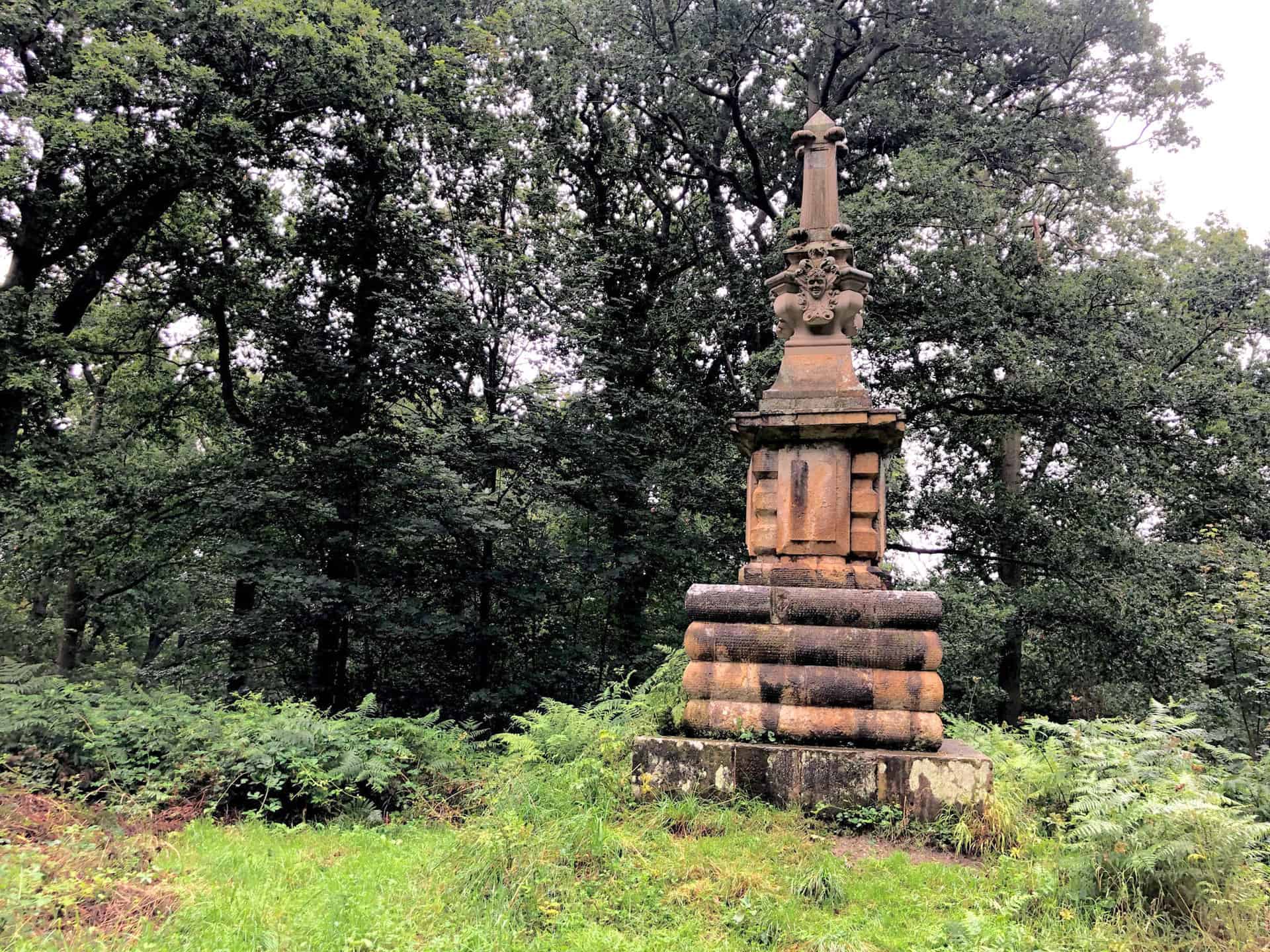
The biggest tree on the Castle Howard estate, an ancient oak thought to be over 400 years old.
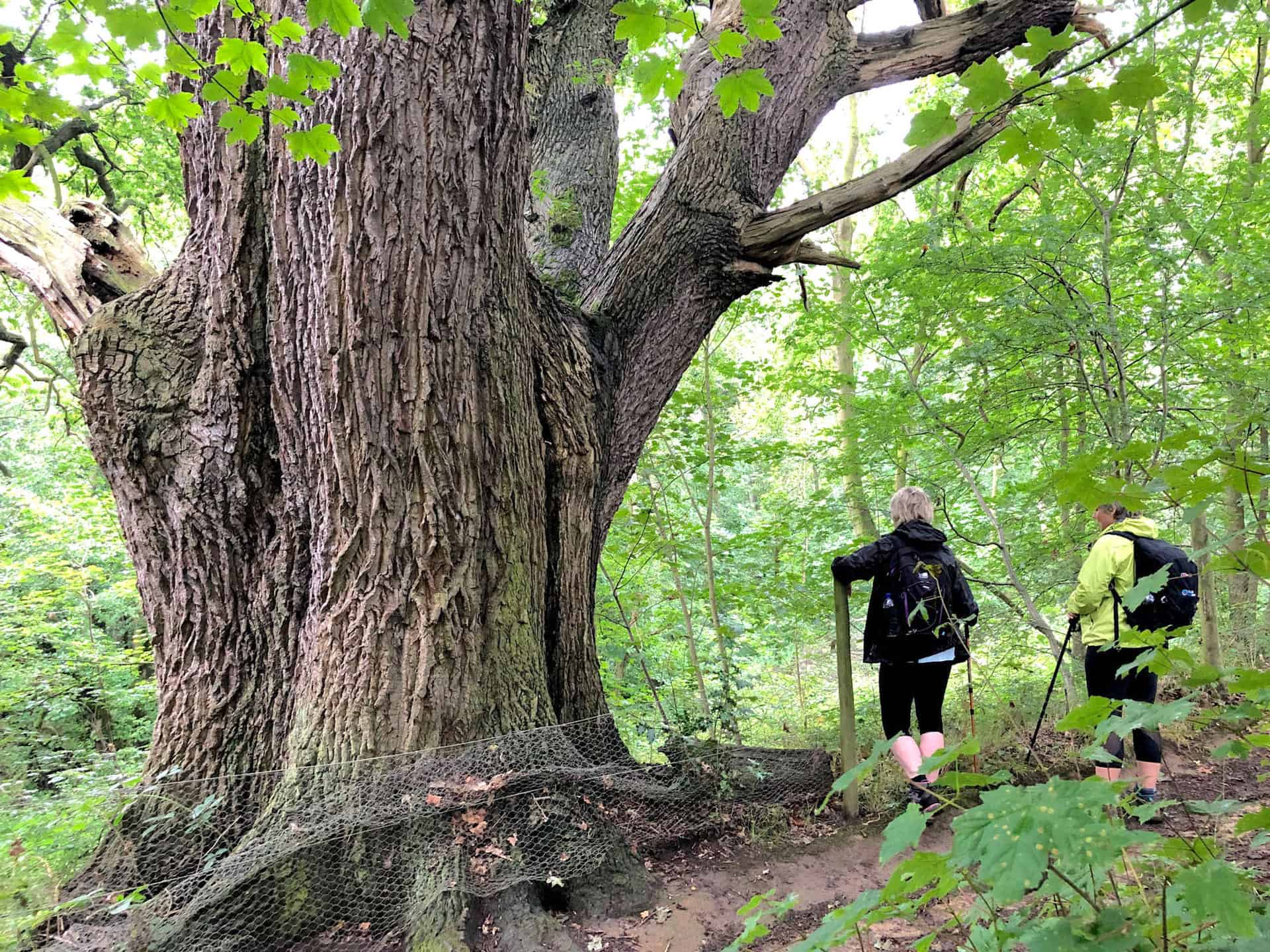
Kirkham Bridge over the River Derwent.

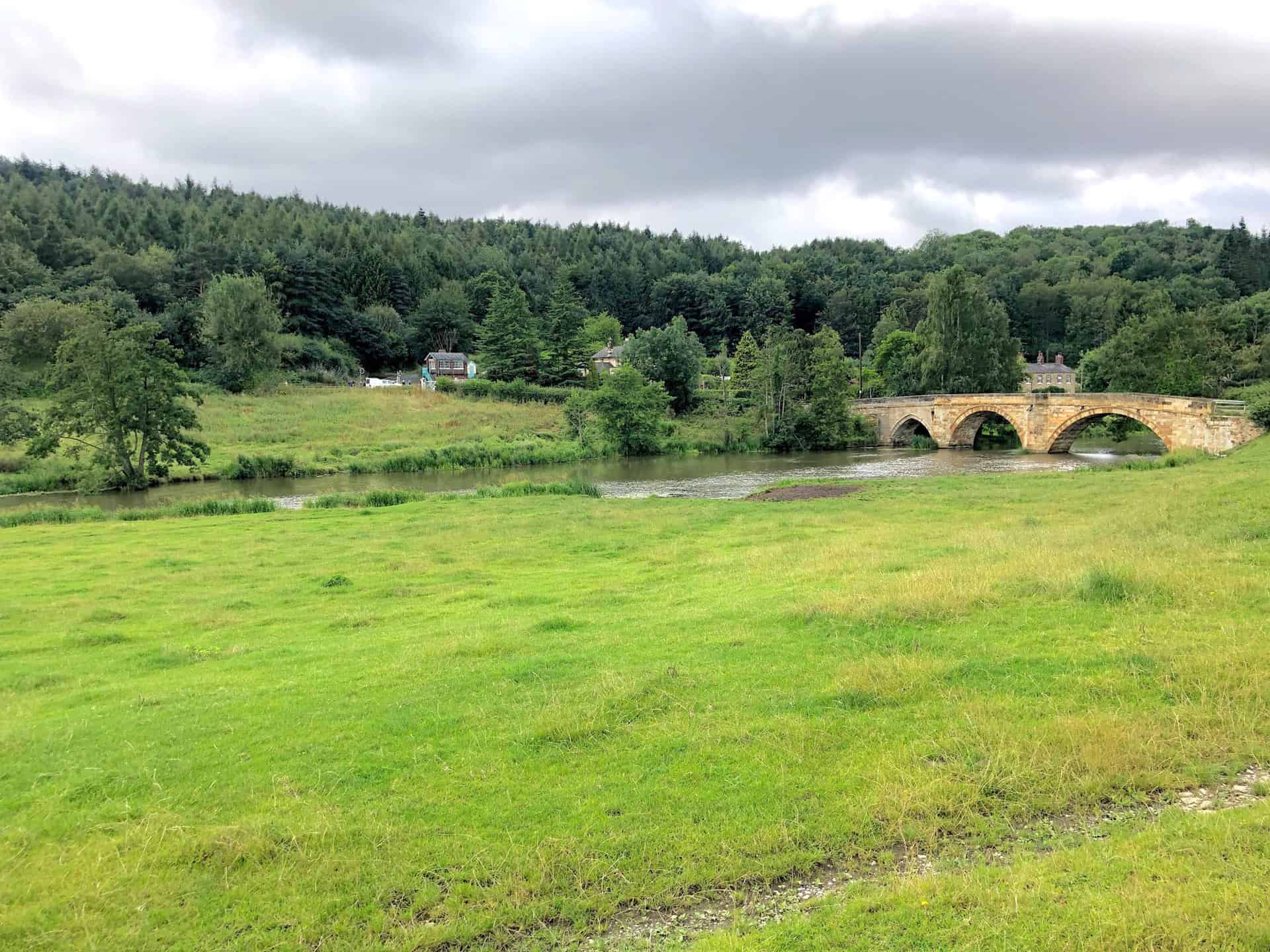
The River Derwent.
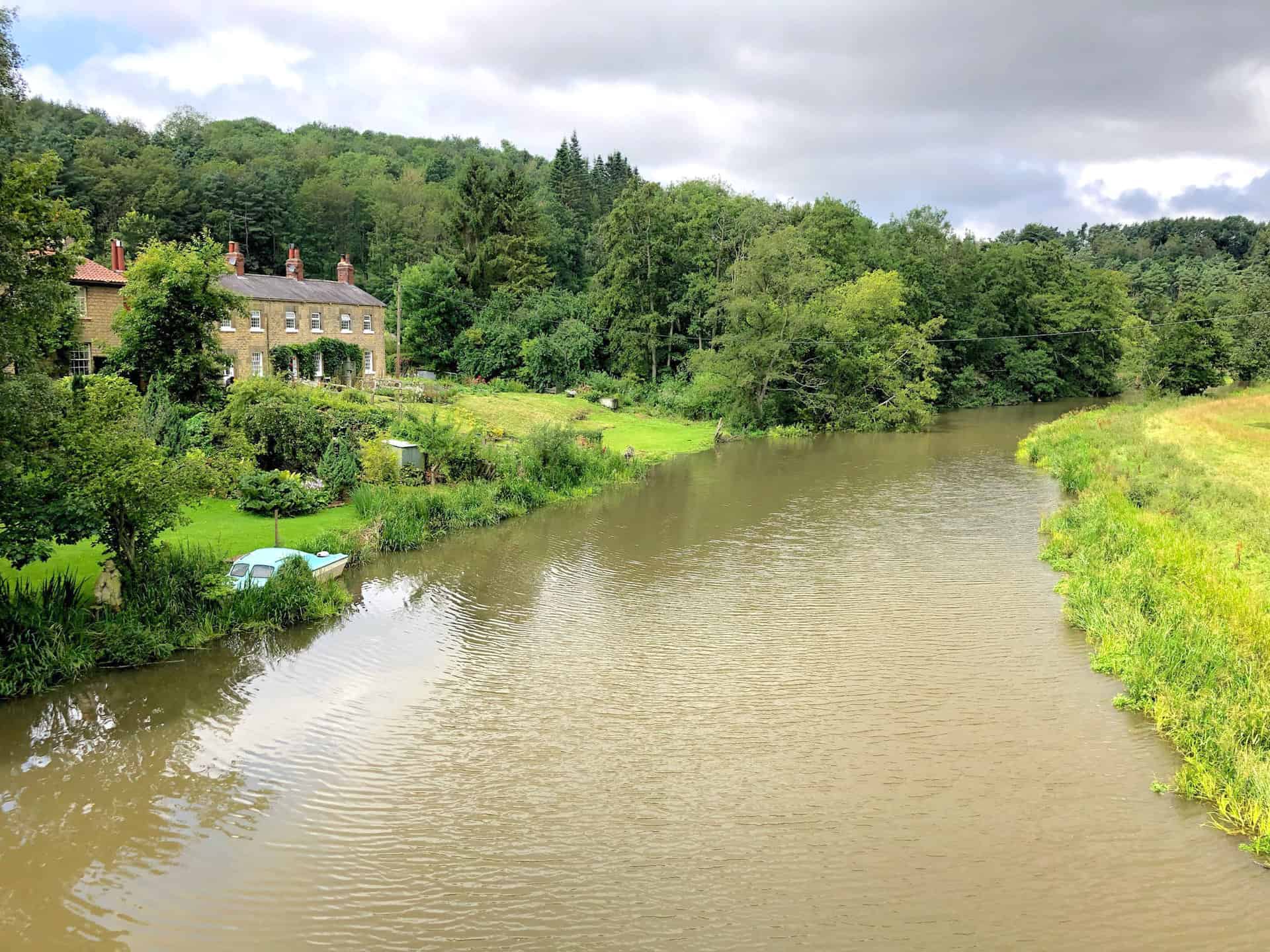
Kirkham Abbey railway signal box.
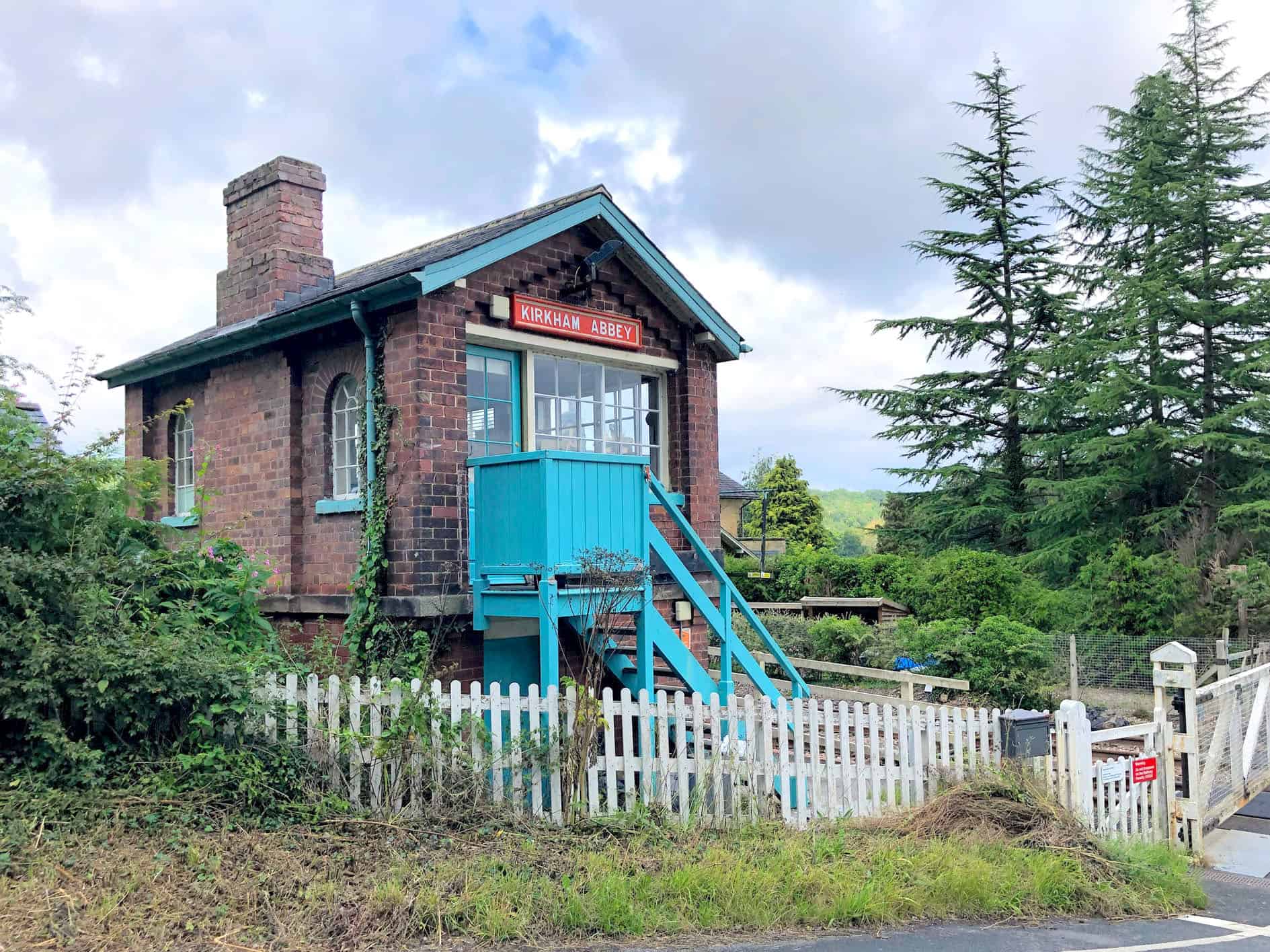
Aerial view of Kirkham Abbey.
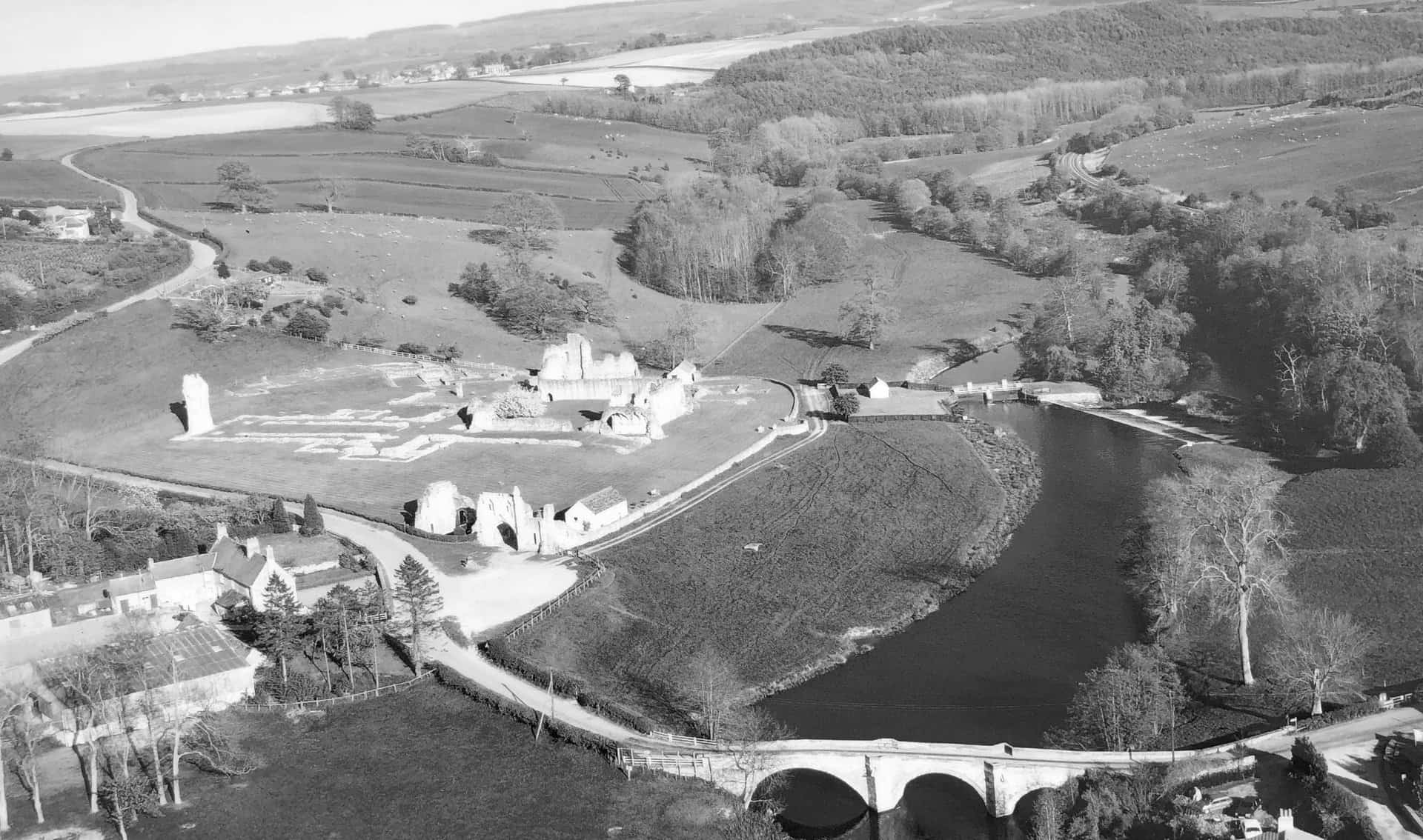
Kirkham Priory
A sign near the priory entrance reads:
The priory was founded in 1122 by Walter l’Espec, Lord of Helmsley, for canons of St Augustine. Though they lived a communal life the Augustinian canons were not regarded as monks and were all ordained as priests.
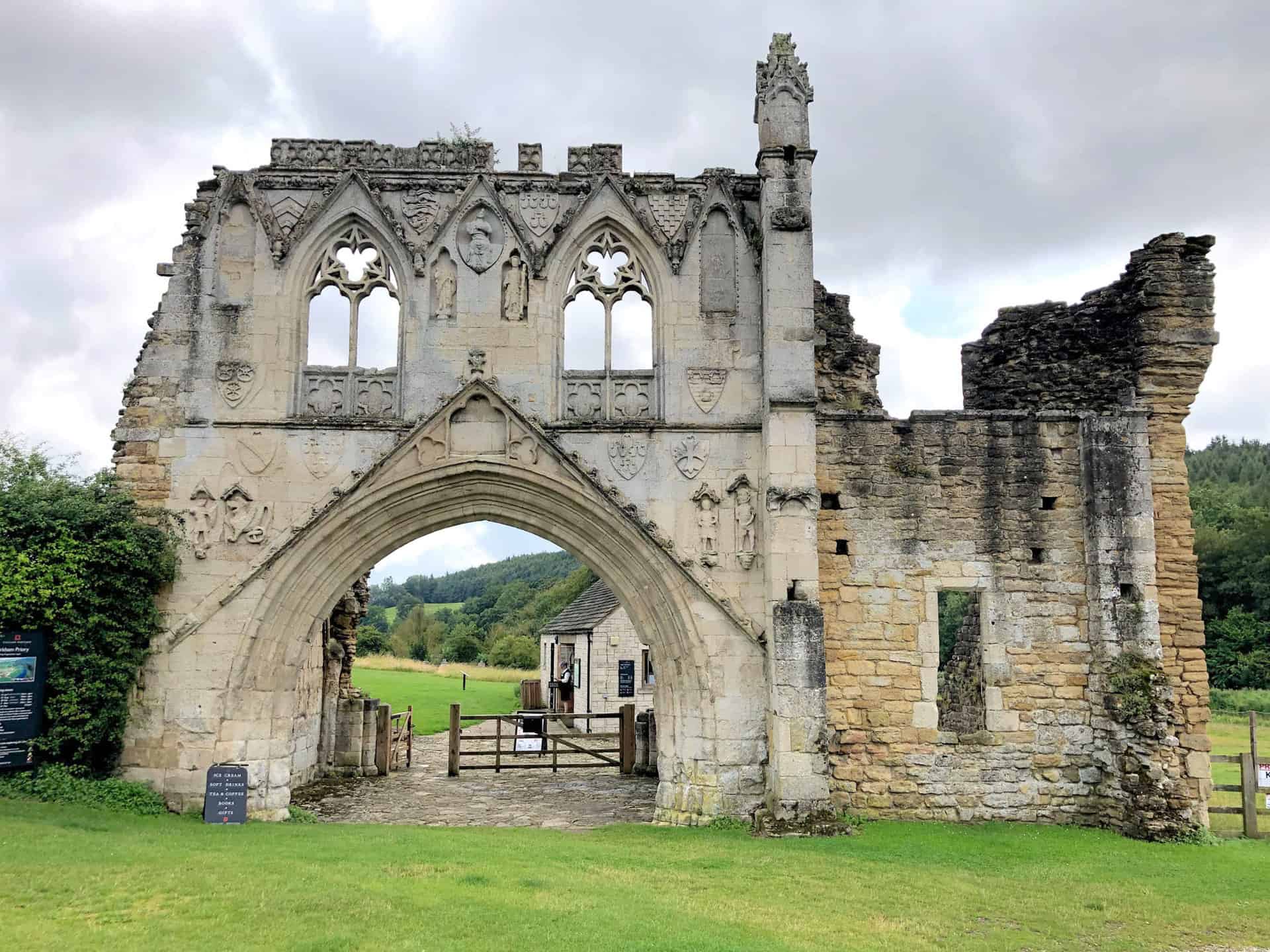
This aerial view of the priory shows the main layout with the church and other buildings arranged around the cloister court. It gives a vivid impression of how the priory may have looked just before its suppression in 1538.

The buildings were set within a small walled precinct, and entry was controlled by a porter who lived in the gatehouse.
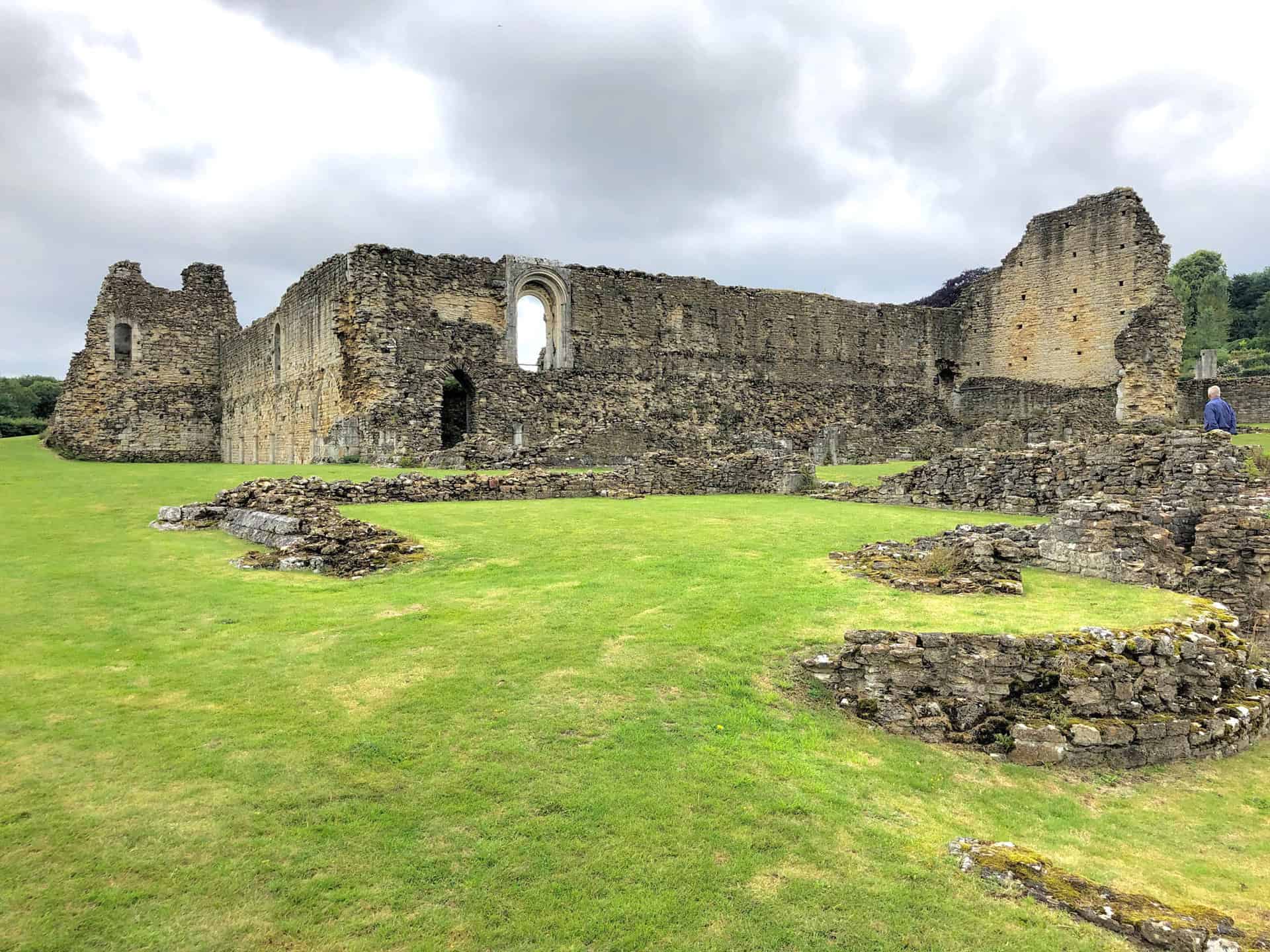
As well as the great church there was a large complex of buildings which included a chapter house, dormitory, refectory, kitchen and a west range for the storage of provisions. There was also the infirmary hall and the prior’s lodging.
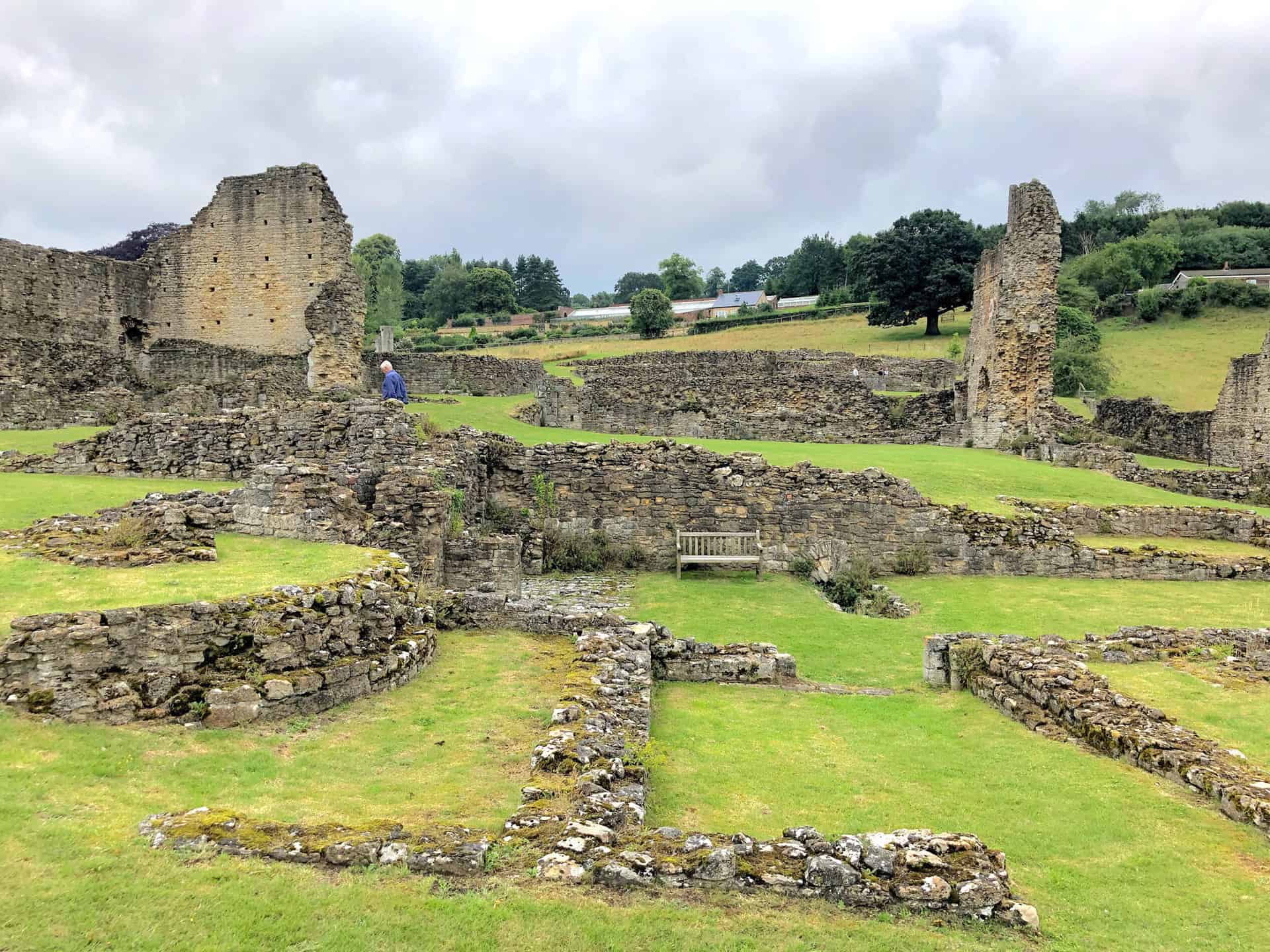
The area between the church and gatehouse also contained buildings such as a guest hall and stables, though these have not been excavated. The site slopes considerably towards the river, and this means that some of the buildings stand on man-made terraces that are supported by retaining walls.
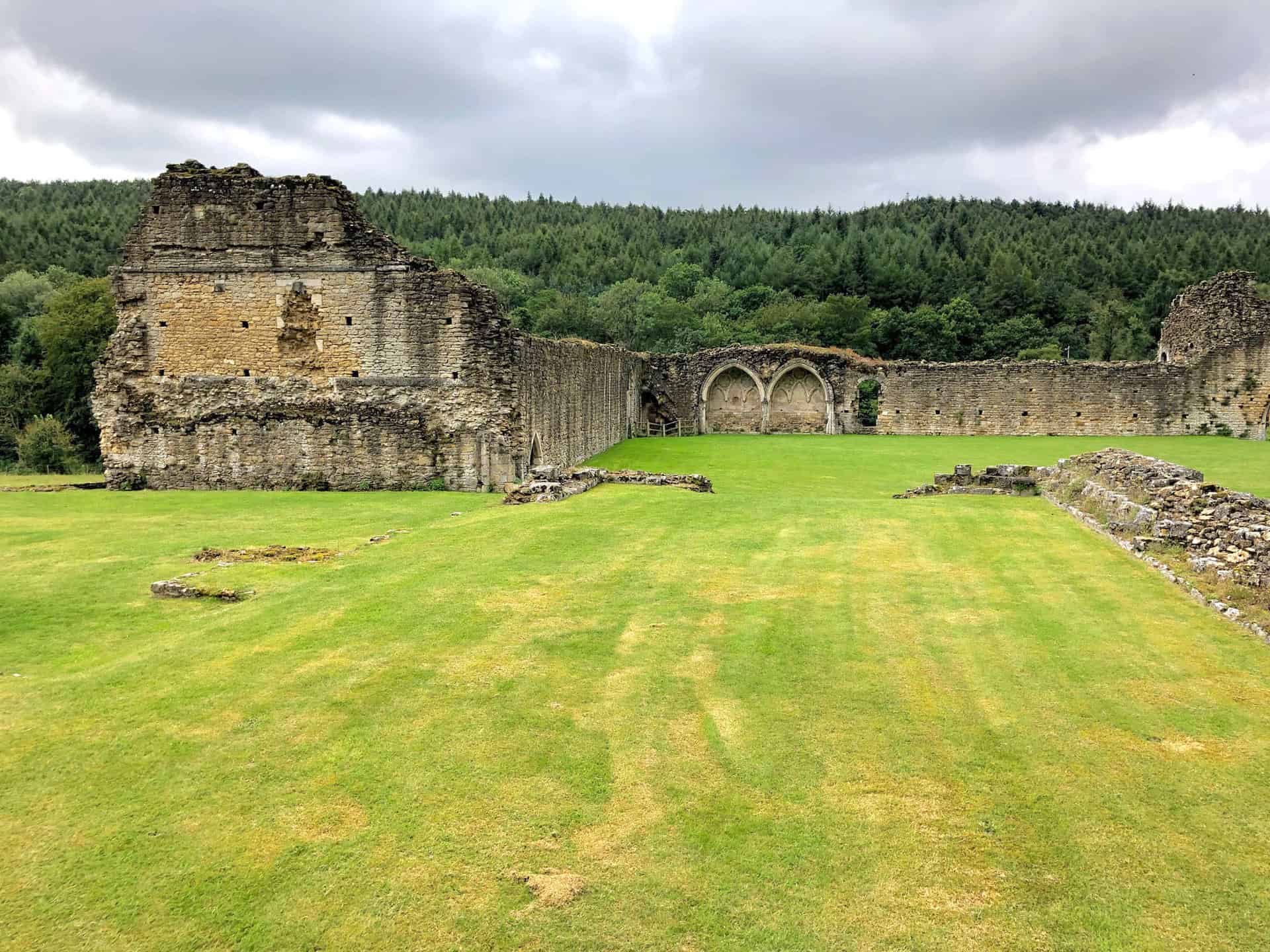
A friendly pony came over to see us as we crossed its field near Whitwell-on-the-Hill.

Heading down to Welburn.
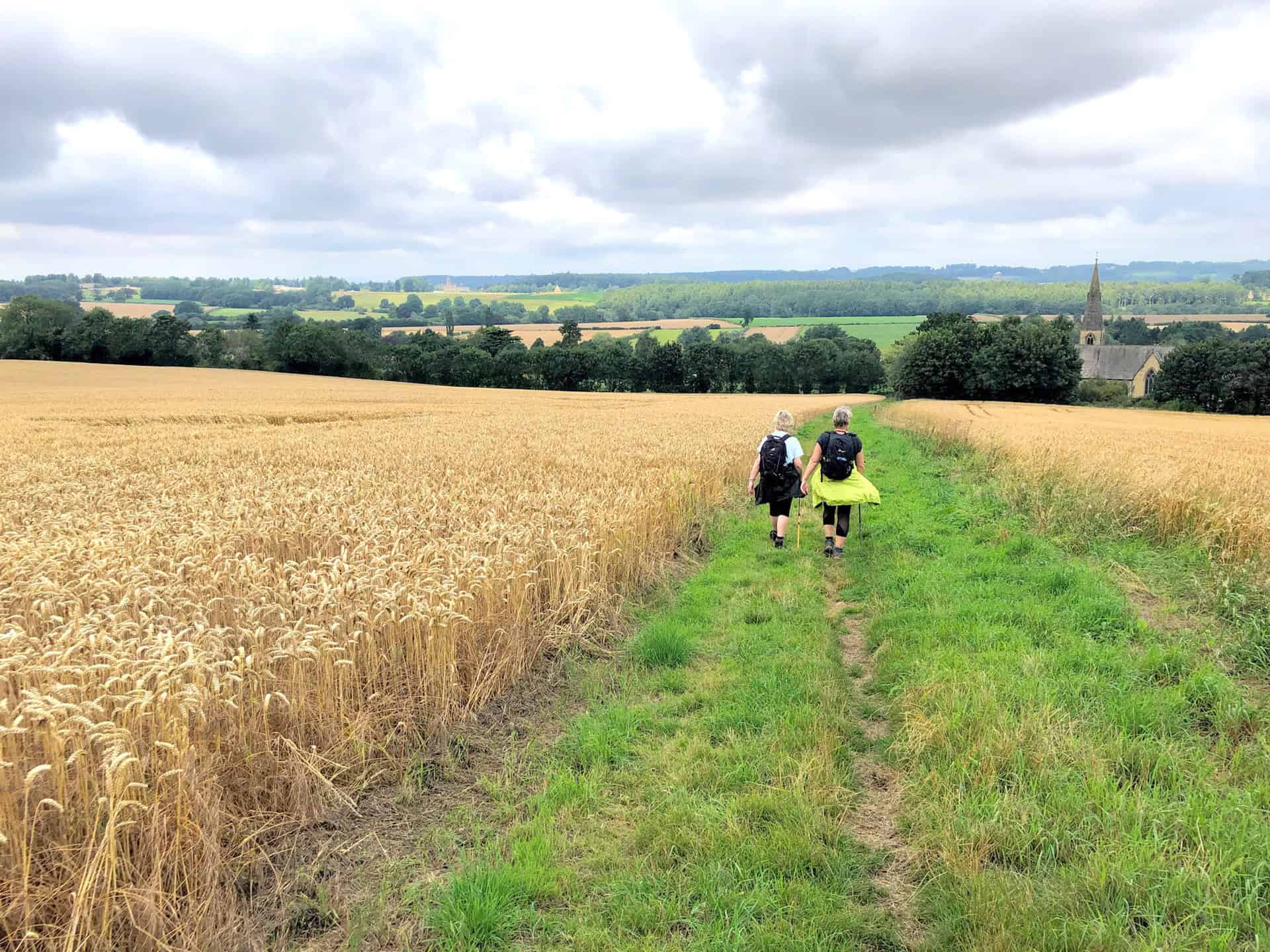
The village of Welburn.
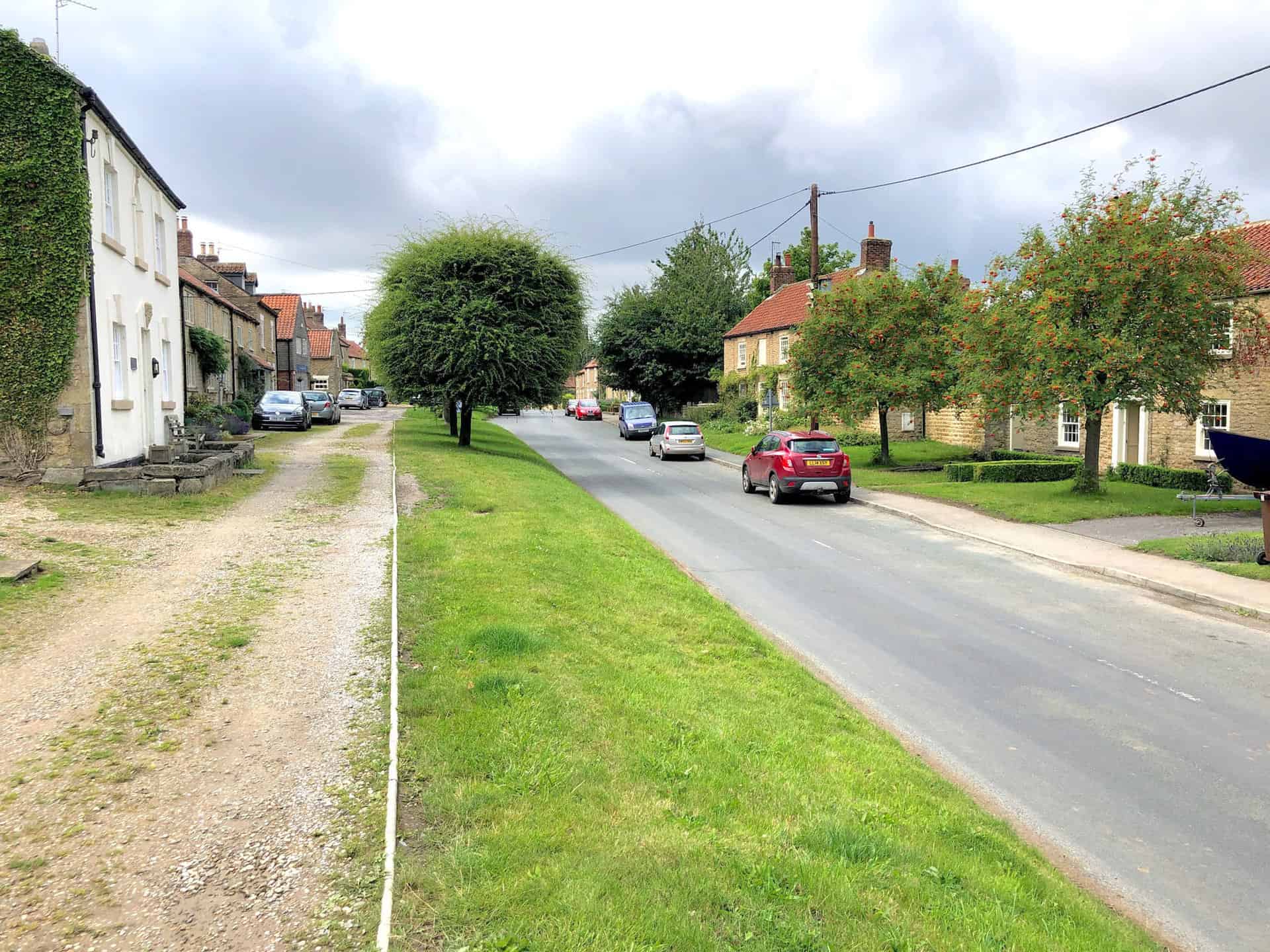
Gate House, Castle Howard’s southern entrance.
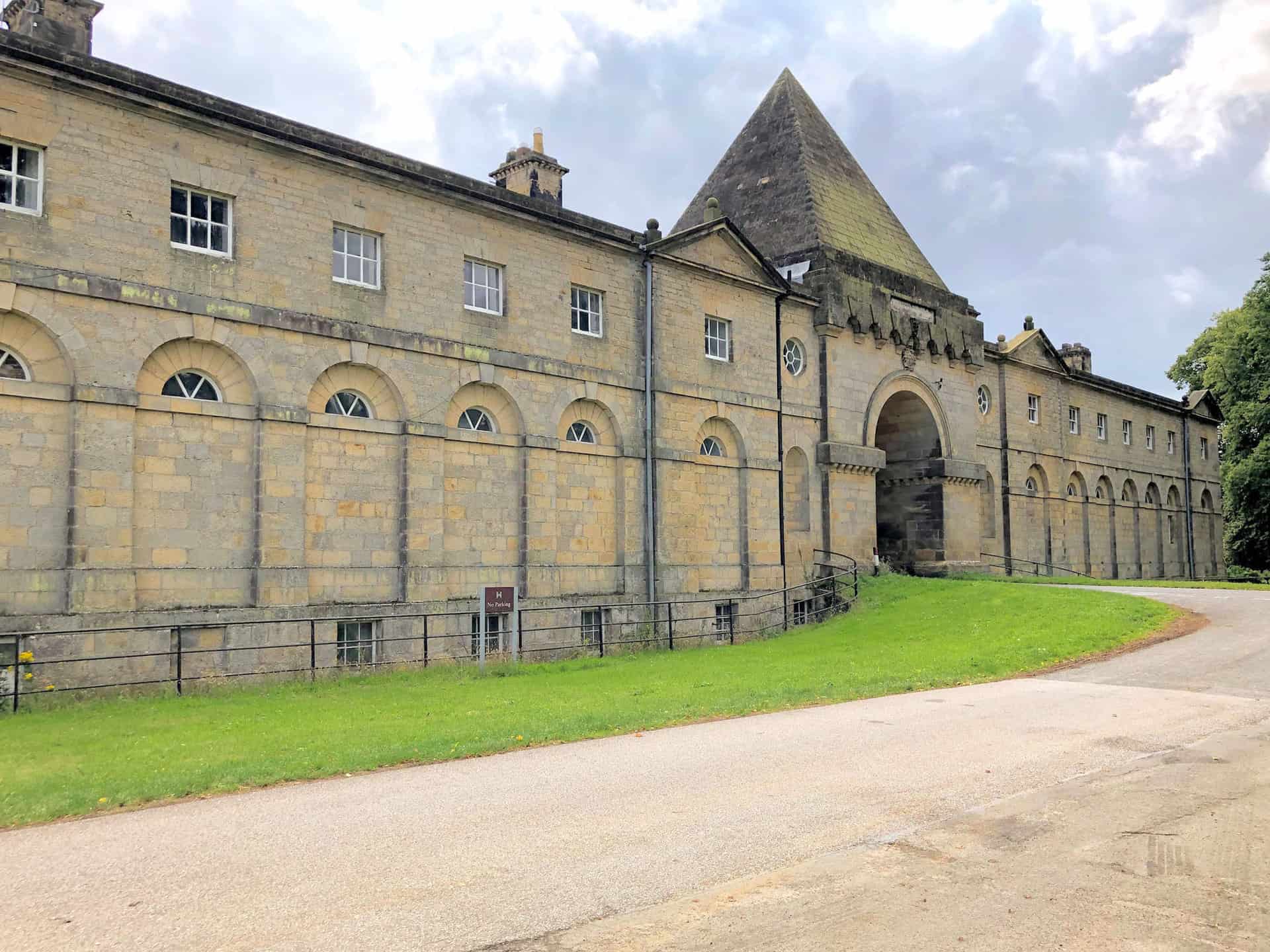
The straight road heading north to the Castle Howard Obelisk.
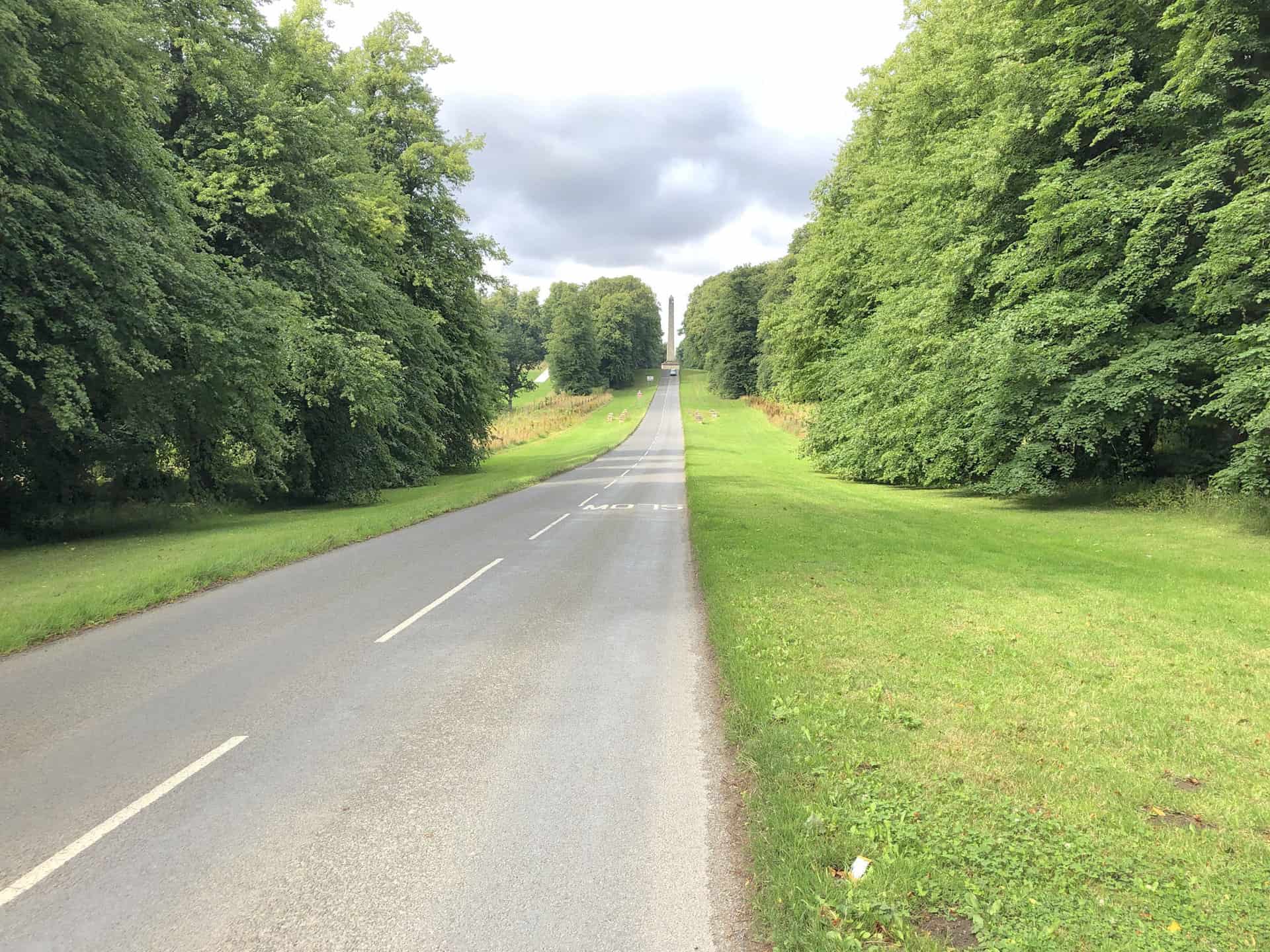
The Castle Howard Obelisk.
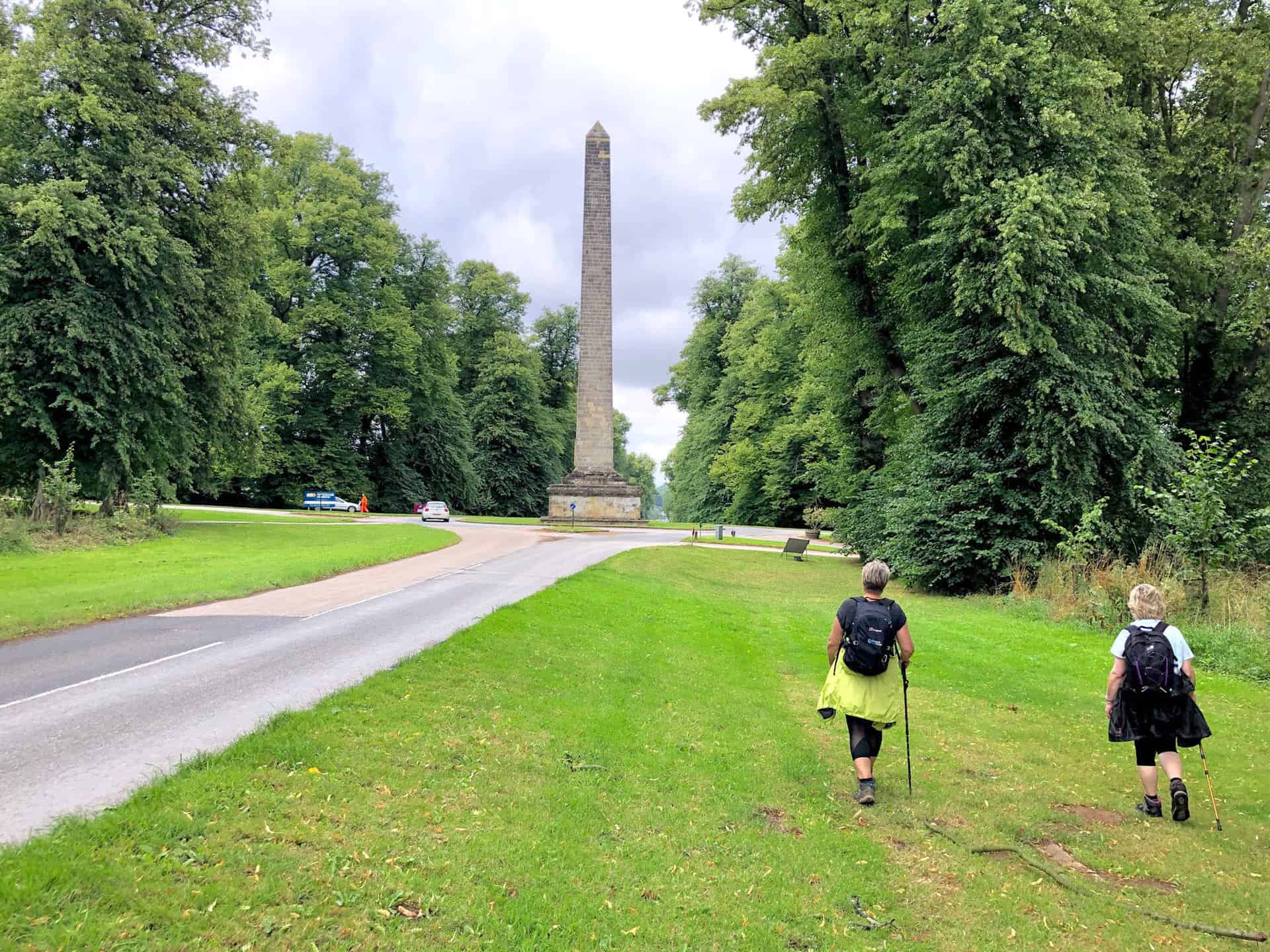
Lodge near the north entrance to the grounds of Castle Howard.
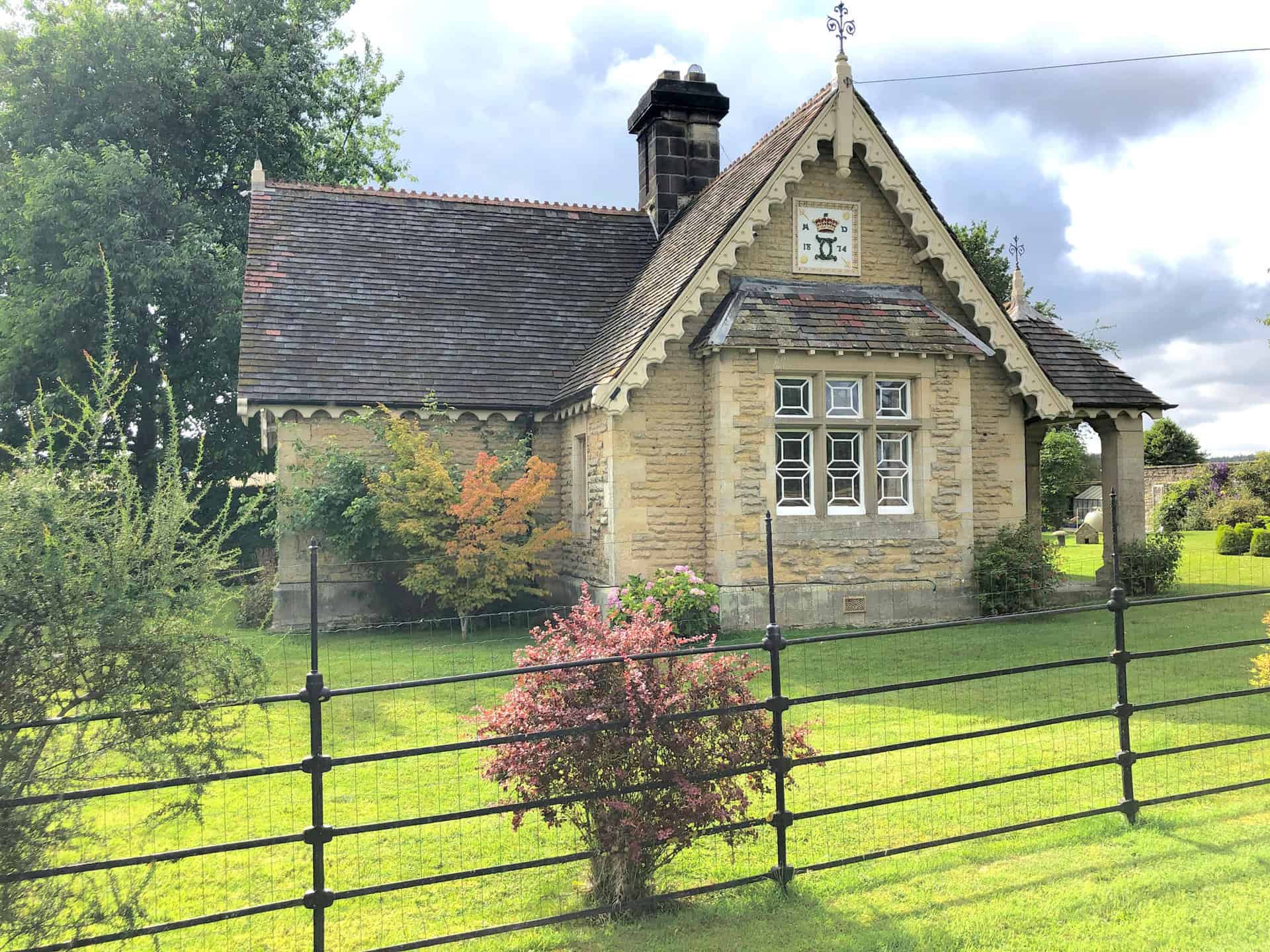
Amazon’s Top Walking Boots: Four Standout Choices for Men and Women
For walking and hiking, the right boots are essential for both comfort and safety. While Amazon boasts a wide range, certain boots emerge as top-sellers. From those, here are four I personally favour. As an Amazon affiliate, I may earn a small commission from any purchases made through the links provided. This helps support the upkeep of this website. Rest assured, you won’t pay a penny extra, but your purchase will contribute to keeping my site running smoothly. Happy walking!

Berghaus Men’s Hillmaster II Gore-Tex Walking Boots
These fully waterproof leather walking boots feature a Gore-Tex lining, ensuring no water enters whilst allowing feet to breathe and stay cool. Made from full-grain leather, they promise unmatched durability and comfort. The boots come with memory foam tongues and cuffs that mould to your feet for a tailored fit, and the Vibram Hillmaster outsoles offer confidence on challenging terrains.

Salewa Men’s Mountain Trainer Mid Gore-Tex Walking Boots
Made from durable suede and abrasion-resistant textile, these men’s hiking boots are both lightweight and sturdy. The upper material is enhanced by a 360° full rubber sheath. Their dual-layer midsole with Bilight technology ensures ergonomic cushioning and grip, especially on extended hikes. The Vibram Wrapping Thread Combi outsoles allow a natural walking feel, and the Gore-Tex lining provides waterproofing, breathability, and optimal weather protection. Furthermore, the patented Salewa 3F system ensures flexibility, a secure heel grip, and a blister-free fit.
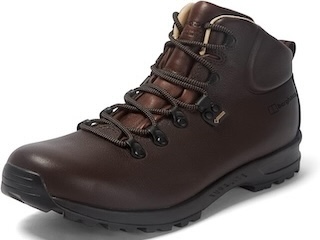
Berghaus Women’s Supalite II Gore-Tex Walking Boots
Specially designed for women, these hiking boots offer waterproofing and breathability, thanks to their Gore-Tex lining. Crafted from full-grain abrasion-resistant leather, they’re durable enough for the toughest hikes. The Supalite soles ensure stability and traction, and the EVA midsoles add comfort for extended walks.

Merrell Women’s Moab 3 Mid Gore-Tex Walking Boots
These hiking boots incorporate a Gore-Tex waterproof membrane, blending breathability with superior waterproof performance. The combination of pigskin leather and mesh on the uppers, along with the suede outer material, ensure durability and style. Enhancements include 100% recycled laces, webbing, and mesh lining. Additionally, bellows tongues, protective toe caps, and Vibram TC5+ rubber soles ensure protection and ease on any terrain.